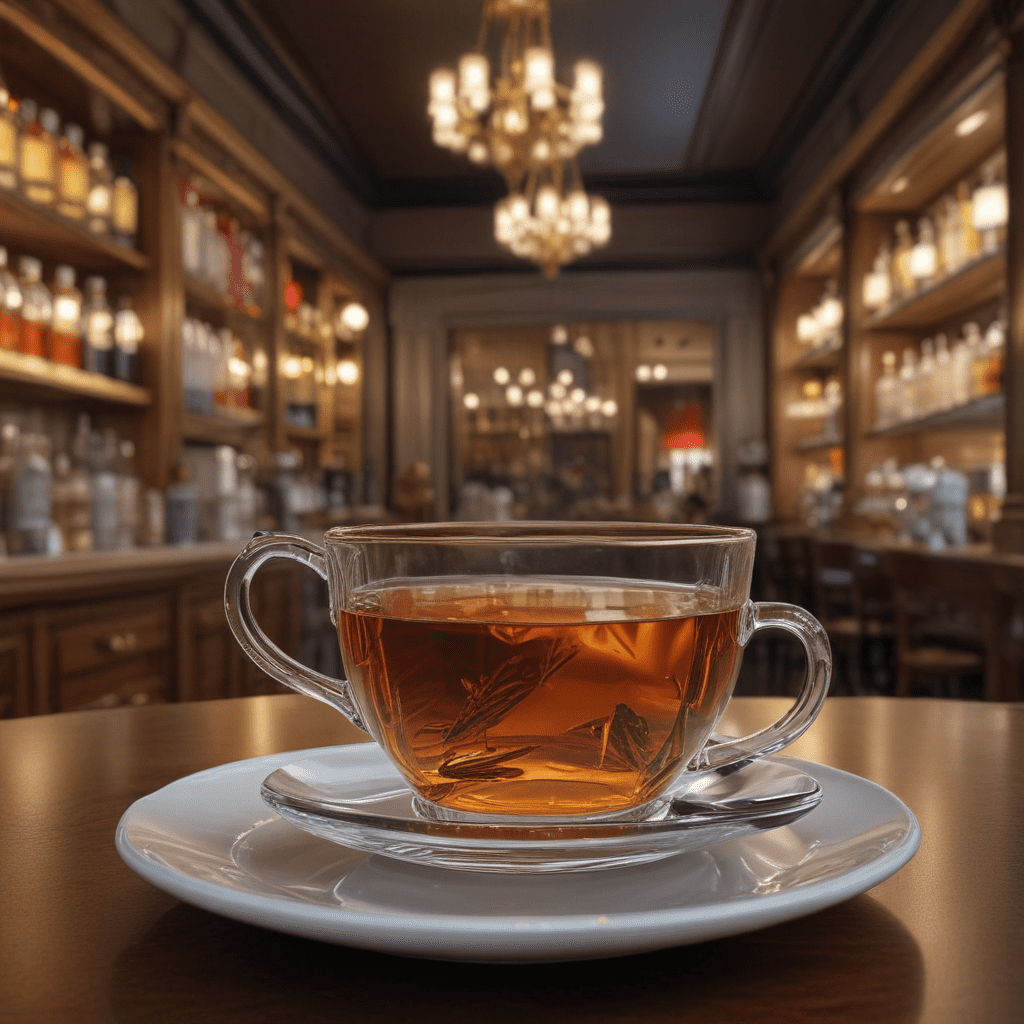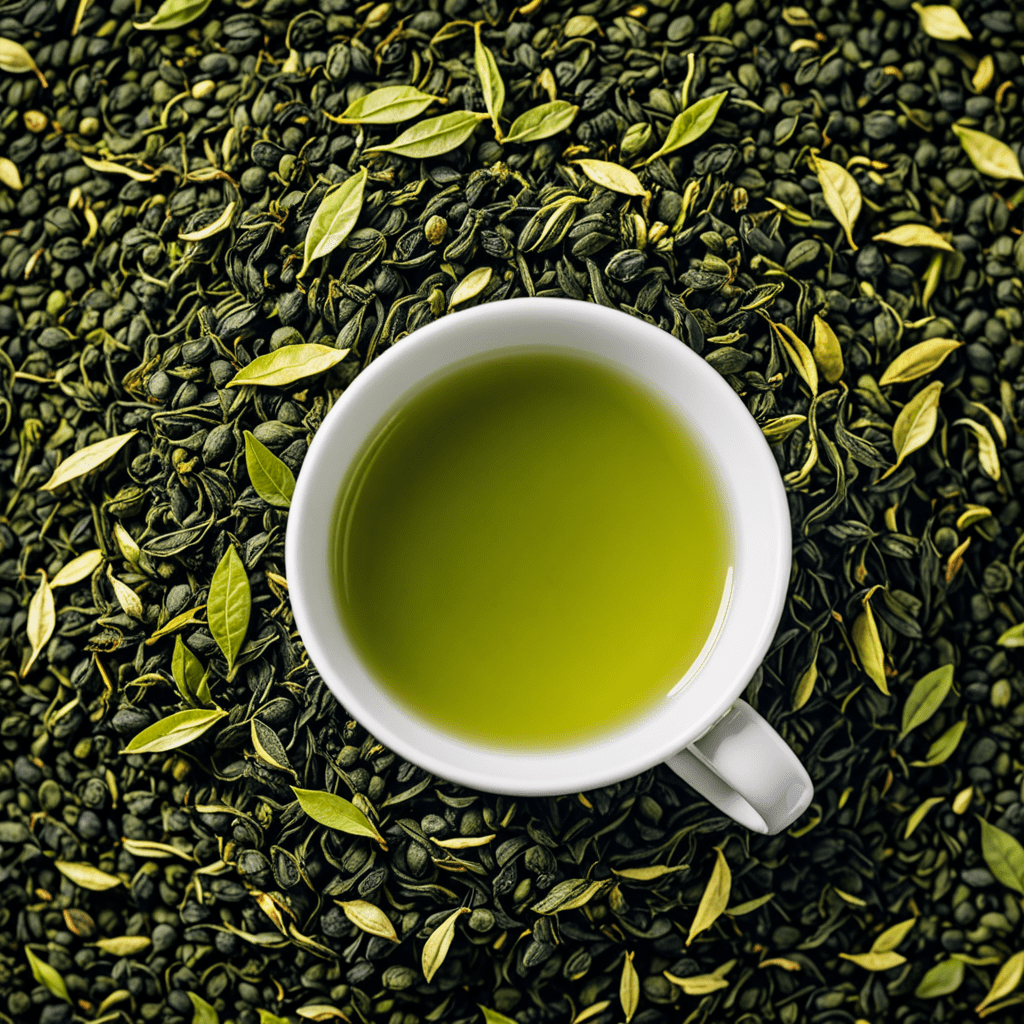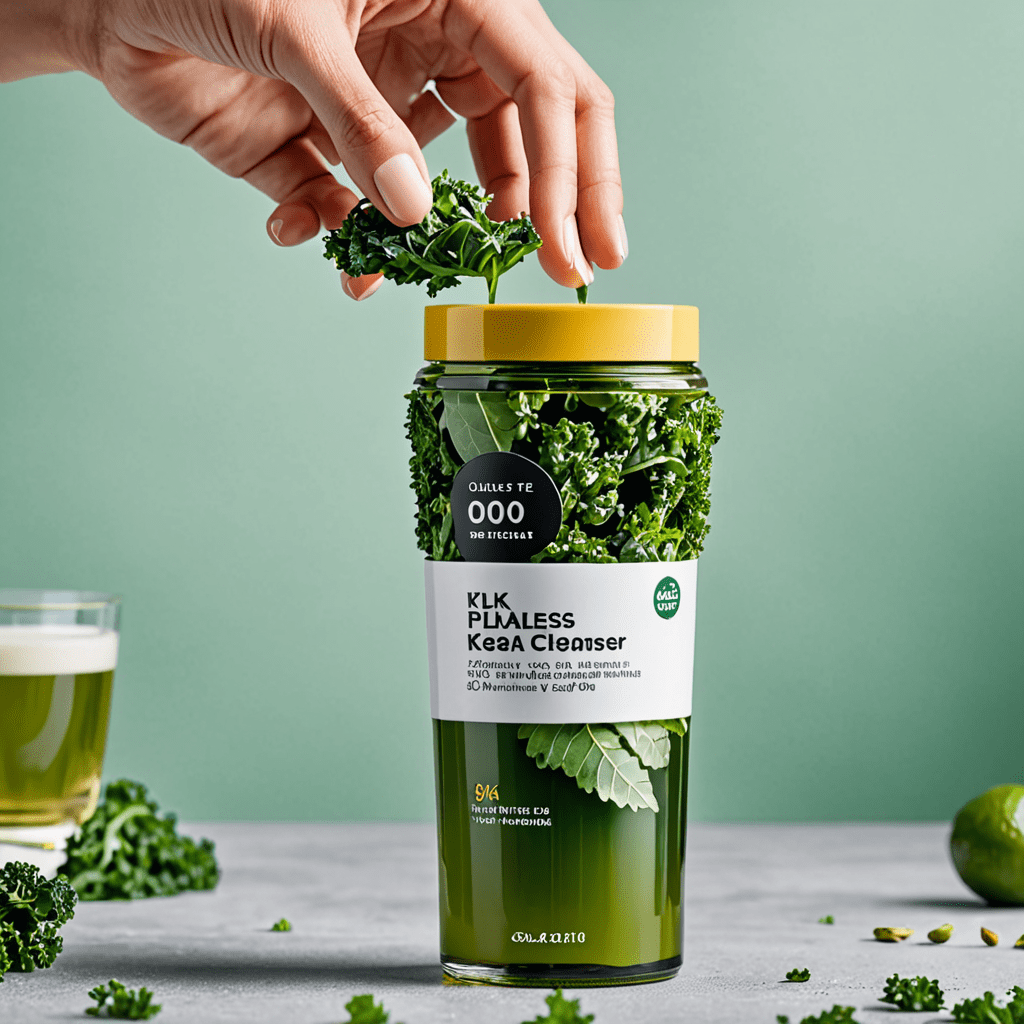Exploring Tea Rooms in England: A Taste of British Tradition
1. Introduction: A Dive into British Culture
Step into a world of delectable treats, exquisite tea blends, and charming ambiance – welcome to the iconic tea rooms of England. These establishments are much more than just places to enjoy a cuppa; they embody the very essence of British culture and tradition. From the dainty finger sandwiches and freshly baked scones to the intricate teapots and elegant décor, every element in a tea room reflects a rich heritage and a love for the finer things in life.
Delving into the world of English tea rooms is a delightful journey that unveils not only culinary delights but also social customs, historical anecdotes, and a unique way of life. In this comprehensive guide, we will embark on a captivating exploration of these cherished institutions, delving into their history, traditions, etiquette, and the unforgettable experiences they offer. So, prepare your taste buds, don your finest attire, and get ready to discover the charm and allure of English tea rooms.
2. A Historical Journey: The Rise of Tea Rooms in England
The story of English tea rooms is deeply intertwined with the nation's love affair with tea, a beverage that has been an integral part of British culture for centuries. The tradition of afternoon tea, a social gathering centered around tea and light snacks, emerged in the mid-19th century among the aristocracy. As this custom gained popularity, dedicated tea rooms started appearing, providing elegant spaces for ladies and gentlemen to indulge in this refined ritual.
Initially, tea rooms were frequented mainly by the upper classes. However, over time, they became more accessible to all levels of society. During the Victorian era, tea rooms flourished, becoming popular meeting places for friends, families, and even business associates. They served as vibrant social hubs where people could catch up, discuss news, and enjoy a shared experience over a steaming cup of tea.
3. Demystifying the Afternoon Tea Ritual
The quintessential experience in an English tea room is the afternoon tea, a time-honored tradition that embodies both formality and indulgence. Typically served between 3 pm and 5 pm, afternoon tea involves a multi-tiered stand laden with an array of delectable treats. The bottom tier usually features a selection of dainty finger sandwiches, often with fillings like cucumber and cream cheese, smoked salmon, or egg mayonnaise.
The middle tier is reserved for freshly baked scones, warm and soft, often served with clotted cream and a choice of jams. The top tier is the domain of sweet treats, ranging from delicate pastries and miniature cakes to fruit tarts and macarons. Accompanying this feast is, of course, a pot of freshly brewed tea, with a wide variety of blends available to cater to every taste and preference.
4. Beyond the Finger Sandwiches: Exploring Tea Room Delicacies
While the classic afternoon tea is undoubtedly the highlight of any tea room visit, these establishments often offer a wider selection of culinary delights to satisfy even the most discerning palate. From hearty breakfasts to light lunches, there is something to tempt every appetite. Many tea rooms serve traditional British fare, with dishes like bangers and mash, shepherd's pie, and fish and chips gracing the menu.
Those with a sweet tooth will find an abundance of options to choose from, including homemade cakes, tarts, and crumbles. Tea rooms are also known for their delectable cream teas, featuring warm scones served with clotted cream and strawberry jam – a quintessential English treat. And, of course, no tea room experience is complete without a pot of freshly brewed tea, with an extensive variety of blends and flavors available to explore and savor.
6. Recommended Tea Room Destinations: From London to the Countryside
Embarking on a tea room adventure in England offers a plethora of delightful destinations, each with its unique charm and ambiance. From the bustling metropolis of London to the quaint villages of the countryside, there's a tea room waiting to be discovered in every corner of the nation.
In London, iconic establishments like The Ritz London, The Dorchester, and Fortnum & Mason offer a taste of traditional afternoon tea in opulent surroundings. For a more contemporary experience, head to The Wolseley or Sketch, where modern design meets classic tea room charm.
Beyond the capital, England's picturesque countryside boasts an abundance of charming tea rooms, each with its own distinct character. In the Cotswolds, The Old Bakery Tearoom in Stow-on-the-Wold offers a cozy atmosphere with homemade cakes and locally sourced ingredients. In Bath, The Pump Room serves afternoon tea in a stunning Georgian setting, while The Cornish Arms in Tavistock provides a warm and welcoming atmosphere in the heart of Devon.
7. Unforgettable Experiences: Afternoon Tea with a Twist
While the traditional afternoon tea experience is a quintessential delight, many tea rooms offer unique twists on this beloved ritual. For those seeking a touch of elegance, champagne afternoon tea is a luxurious option, featuring a glass of bubbly alongside the classic tea offerings.
For a more contemporary experience, some tea rooms incorporate modern flavors and ingredients into their afternoon tea menus. These innovative establishments offer a delightful fusion of tradition and modernity, with unexpected yet harmonious combinations that tantalize the taste buds.
For a truly immersive experience, themed afternoon teas are becoming increasingly popular. These events transport guests to different worlds, with decorations, music, and culinary creations inspired by beloved books, movies, or historical eras. Whether it's a Harry Potter-themed tea party or a Downton Abbey-inspired gathering, these themed events offer a unique and unforgettable way to enjoy afternoon tea.
8. Economic and Social Significance of Tea Rooms
Beyond their culinary appeal, tea rooms hold significant economic and social importance in England. These establishments provide employment opportunities, contribute to local economies, and serve as vibrant community hubs. In many towns and villages, the tea room is a central gathering place, fostering social interaction and a sense of belonging among residents.
Tea rooms also play a role in preserving and promoting British culture and heritage. The traditional afternoon tea ritual, with its emphasis on etiquette, politeness, and leisurely enjoyment, embodies many of the values associated with British society. By supporting tea rooms, visitors contribute to the continuation of these cherished traditions and ensure their legacy for future generations.
9. The Future of Tea Rooms: Adapting to Modern Trends
While steeped in tradition, English tea rooms are also adapting to modern trends and preferences to remain relevant and appealing to contemporary audiences. Many tea rooms are embracing technology, offering online booking systems, social media presence, and even virtual afternoon tea experiences.
There is also a growing focus on sustainability and ethical sourcing, with tea rooms using locally sourced ingredients, organic produce, and eco-friendly packaging. Additionally, many establishments are catering to dietary restrictions and preferences, offering vegan, gluten-free, and allergy-friendly options.
By embracing innovation while staying true to their core values, English tea rooms are ensuring their continued success and appeal for generations to come.
10. Conclusion: A Quintessential British Experience
A visit to an English tea room is much more than just a meal; it's a journey into British culture, tradition, and refined living. From the elegant surroundings to the delectable treats and the comforting ambiance, every element of the experience embodies the essence of British charm.
Whether seeking a classic afternoon tea ritual, a contemporary twist on tradition, or a unique themed event, there's a tea room in England waiting to be discovered. So, indulge in a delightful afternoon of tea, treats, and conversation, and experience the quintessential British tradition that is the tea room.
FAQ
What is the best time to visit a tea room?
The most popular time for afternoon tea is between 3 pm and 5 pm. However, many tea rooms also serve breakfast, lunch, and evening meals.
What should I wear to a tea room?
Smart casual attire is generally appropriate for tea rooms. For a more formal afternoon tea experience, a dress or skirt and blouse for women and a suit or jacket and trousers for men are recommended.
How much does afternoon tea cost?
The cost of afternoon tea varies depending on the location, the establishment, and the menu. Typically, afternoon tea的价格在20英镑到50英镑之间。
Can I bring my children to a tea room?
Some tea rooms are family-friendly, while others may have age restrictions. It's best to check with the establishment in advance.
Do I need to book a reservation?
Reservations are recommended, especially during peak hours and weekends. Some tea rooms may require reservations for afternoon tea.


